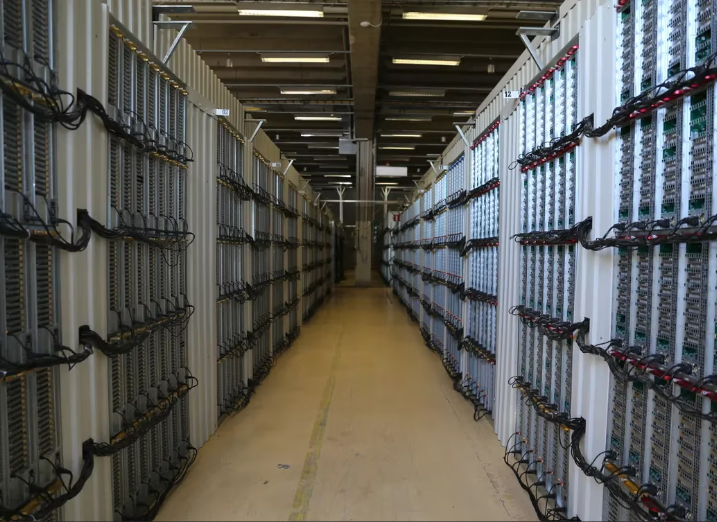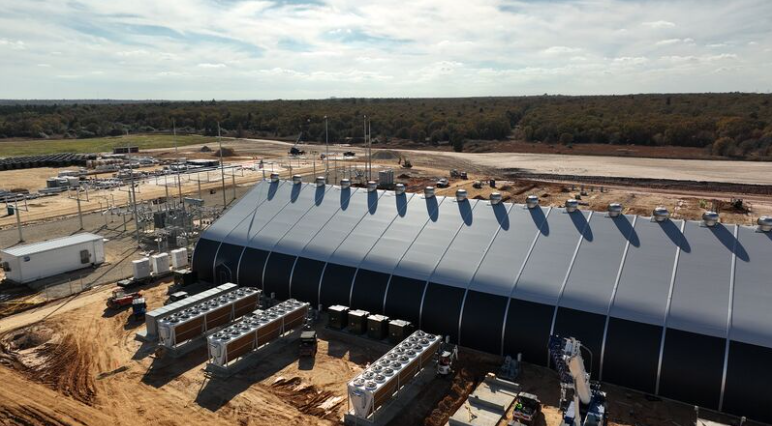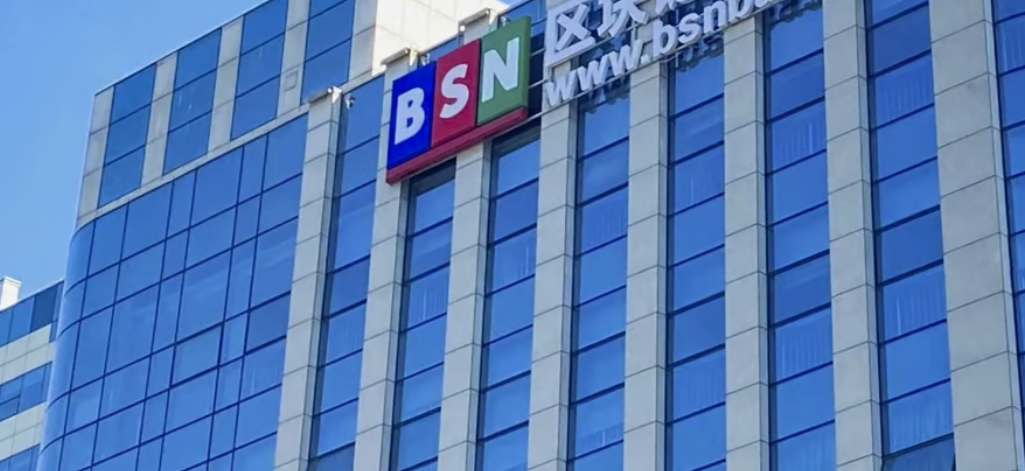Layer 1 refers to a base network, such as Bitcoin, BNB Chain, or Ethereum, and its underlying infrastructure. Layer 1 blockchains can validate and finalize transactions without the need for another network. Making improvements to the scalability of layer 1 networks is difficult, as we have seen with Bitcoin. As a solution, developers create Layer 2 protocols that depend on the Layer 1 network for security and consensus. Bitcoin’s Lightning Network is an example of a layer 2 protocol. It allows users to freely transact before recording them on the main chain.
Introduction
Layer 1 and Layer 2 are terms that help us understand the architecture of different blockchains, projects, and development tools. If you have ever wondered about the relationship between Polygon and Ethereum or Polkadot and its parachains, learning about the different layers of the blockchain will help you.
What is layer 1?
A layer 1 network is another name for a base blockchain. BNB Smart Chain (BNB), Ethereum (ETH), Bitcoin (BTC), and Solana are all Layer 1 protocols. We refer to them as Layer 1 because these are the main networks within their ecosystem. Unlike layer 1, we have off-chain chains and other layer 2 solutions that are built on top of the main chains.
In other words, a protocol is layer 1 when it processes and finalizes transactions on its own blockchain. They also have their own native token, which is used to pay transaction fees.
Layer 1 Scaling
A common problem with Layer 1 networks is their inability to scale. Bitcoin and other large blockchains have struggled to process transactions during times of increased demand. Bitcoin uses the Proof-of-Work (PoW) consensus mechanism, which requires a large number of computing resources.
While PoW guarantees decentralization and security, PoW networks also tend to slow down when transaction volume is too high. This increases transaction confirmation times and makes fees more expensive.
Blockchain developers have been working on scalability solutions for many years, but there is still a lot of discussion about the best alternatives. For layer 1 scaling, some options include:
Increasing the block size, which allows more transactions to be processed in each block.
Change the consensus mechanism used, such as with the upcoming Ethereum 2.0 update.
Fragmentation implementation. A way to partition the database.
Layer 1 enhancements require significant work to implement. In many cases, not all network users will accept the change. This can lead to community splits or even a hard fork, as happened with Bitcoin and Bitcoin Cash in 2017.
SegWit
An example of a layer 1 solution to scale is Bitcoin’s SegWit (Segregated Witness). This increased the performance of Bitcoin by changing the way the block data is organized (digital signatures are no longer part of the transaction input). The change freed up more space for transactions per block without affecting network security. SegWit was implemented via a backward-compatible soft fork. This means that even Bitcoin nodes that have not yet been upgraded to include SegWit can still process transactions.
What is layer 1 fragmentation?
Sharding is a popular Layer 1 scaling solution used to increase transaction throughput. The technique is a form of database partitioning that can be applied to blockchain distributed ledgers. A network and its nodes are divided into different shards to distribute the workload and improve the speed of transactions. Each shard manages a subset of the activity of the entire network, meaning it has its own separate transactions, nodes, and blocks.
With sharding, each node does not need to maintain a complete copy of the entire blockchain. Instead, each node reports completed work to the main chain to share the status of its local data, including address balances and other key metrics.
Layer 1 vs. Layer 2
When it comes to improvements, not everything can be solved at layer 1. Due to technological limitations, certain changes are difficult or almost impossible to make on the main network of the blockchain. Ethereum, for example, is upgrading to Proof of Stake (PoS), but this process has taken years to develop.
Some use cases just can’t work with Layer 1 due to scalability issues. A blockchain game could not realistically use the Bitcoin network due to long transaction times. However, the game may still want to use layer 1 security and decentralization. The best option is to build on top of the network with a layer 2 solution.
Lightning Network
Layer-2 are based on layer 1 and depends on her to finalize her transactions. A famous example is the Lightning Network. The heavily trafficked Bitcoin network can take hours to process transactions. The Lightning Network allows users to make quick payments with their Bitcoin off the main chain, with the final balance being reported back to the main chain later. Basically, this bundles everyone’s transactions into one final record, saving time and resources.
Layer 1 Blockchain Examples
Now that we know what Layer 1 is, let’s look at some examples. There is a wide variety of Layer 1 blockchains, with many supporting unique use cases. Not everything is Bitcoin and Ethereum, and each network has different solutions to the blockchain technology trilemma of decentralization, security, and scalability.
Elrond
Elrond is a Layer 1 network founded in 2018 that uses sharding to improve its performance and scalability. The Elrond blockchain can process more than 100,000 transactions per second (TPS). Its two main unique features are its Secure Proof of Stake (SPoS) consensus protocol and Adaptive State Sharding.
Adaptive state fragmentation occurs through fragment splits and mergers as the network loses or gains users. The entire architecture of the network is fragmented, including its state and transactions. Validators also move between shards, reducing the chance of a malicious shard takeover.
Elrond’s native EGLD token is used to pay transaction fees, implement DApps, and reward users who participate in the network’s validation mechanism. In addition, Elrond’s network is certified as Carbon Negative, as it offsets more CO2 than its PoS mechanism is responsible for.
Harmony
Harmony is an Effective Proof-of-Stake (EPoS) Layer 1 network with sharding support. The blockchain mainnet has four shards, each of which creates and verifies new blocks in parallel. A shard can do this at its own speed, which means they can all have different block heights.
Currently, Harmony uses a “cross-chain finance” strategy to attract developers and users. Trustless bridges to Ethereum (ETH) and Bitcoin play a key role, allowing users to exchange their tokens without the usual custody risks seen with bridges. Harmony’s primary vision for scaling Web3 is based on Decentralized Autonomous Organizations (DAOs) and zero-knowledge proofs.
The future of DeFi (decentralized finance) seems to be based on multi-chain and cross-chain opportunities, which makes Harmony’s bridging services attractive to users. NFT infrastructure, DAO tools and protocol bridging are the main areas of focus.
Its native token, ONE, is used to pay network transaction fees. You can also stake to participate in Harmony’s consensus mechanism and governance. This provides successful validators with block rewards and transaction fees.
Celo
Celo is a layer 1 network forked from Go Ethereum (Geth) in 2017. However, it has made some significant changes, including the implementation of PoS and a single address system. The Celo Web3 ecosystem includes DeFi, NFT, and payment solutions, with over 100 million confirmed transactions. On Celo, anyone can use a phone number or email address as a public key. The blockchain runs easily on standard computers and does not require special hardware.
Celo’s main token is CELO, a standard utility token for transactions, security, and rewards. The Celo network also has cUSD, cEUR, and cREAL as stablecoins. These are generated by users and their pins are maintained by a mechanism similar to MakerDAO’s DAI. Additionally, transactions made with Celo stablecoins can be paid for with any other Celo asset.
The CELO address system and stablecoin aim to make cryptocurrencies more accessible and improve adoption. The volatility of the cryptocurrency market and the difficulty for newcomers can be daunting for many.
THORChain
THORChain is a cross-chain permissionless decentralized exchange (DEX). It is a layer 1 network created with Cosmos SDK. It also uses Tendermint’s consensus mechanism to validate transactions. The main goal of THORChain is to enable decentralized cross-chain liquidity without the need to link or wrap assets. For multi-chain investors, tying and wrapping add additional risk to the process.
In effect, THORChain acts as a vault manager that monitors deposits and withdrawals. This helps create decentralized liquidity and eliminates centralized intermediaries. RUNE is the native token of THORChain, which is used to pay transaction fees and also in governance, security and validation.
THORChain’s Automated Market Maker (AMM) model uses RUNE acting as the base pair, meaning you can trade RUNE for any other supported asset. In a way, the project functions as a cross-chain Uniswap, with RUNE being a settlement and security asset for liquidity pools.
Kava
Kava is a layer 1 blockchain that combines the speed and interoperability of Cosmos with the developer support of Ethereum. Using a “co-chain” architecture, the Kava Network features a distinct blockchain for the EVM and Cosmos SDK development environments. Coupled with IBC support on the Cosmos co-chain, this allows developers to implement decentralized applications that seamlessly interoperate between the Cosmos and Ethereum ecosystems.
Kava uses the Tendermint PoS consensus mechanism, bringing powerful scalability to applications on the EVM co-chain. Funded by KavaDAO, the Kava Network also features open on-chain developer incentives designed to reward the top 100 projects on each co-chain based on usage.
Kava has a native utility and governance token, KAVA, and a US dollar-pegged stablecoin, USDX. KAVA is used to pay transaction fees and is staked by validators to build consensus on the network. Users can delegate their staked KAVA to validators to earn a portion of KAVA emissions. Participants and validators can also vote on governance proposals that dictate the parameters of the network.
IoTeX
IoTeX is a Layer 1 network founded in 2017 with a focus on combining blockchain with the Internet of Things. This gives users control over the data their devices generate, enabling “machine-backed DApps, assets, and services.” Your personal information has value and managing it through blockchain ensures secure ownership.
IoTeX’s combination of hardware and software offers a new solution for people to control their privacy and data without sacrificing user experience. The system that allows users to obtain digital assets from their real-world data is called MachineFi.
IoTeX released two notable hardware products known as Ucam and Pebble Tracker. Ucam is an advanced home security camera that allows users to monitor their homes from anywhere and in complete privacy. Pebble Tracker is a smart GPS with 4G support and tracking and location capabilities. It not only tracks GPS data, but also real-time environmental data, including temperature, humidity, and air quality.
In terms of blockchain architecture, IoTeX has a number of layer 2 protocols built in. The blockchain provides tools to create custom networks that use IoTeX for completion. These chains can also interact with each other and share information through IoTeX. Developers can then easily create a new substring to meet the specific needs of their IoT device. IoTeX’s coin, IOTX, is used for transaction fees, staking, governance, and network validation.
Thoughts
The current blockchain ecosystem has various layer 1 networks and layer 2 protocols. It is easy to get confused, but as soon as you understand the basics, it will be easier to understand the overall structure and architecture. This knowledge can be useful when studying new blockchain projects, especially when they focus on network interoperability and cross-chain solutions.














